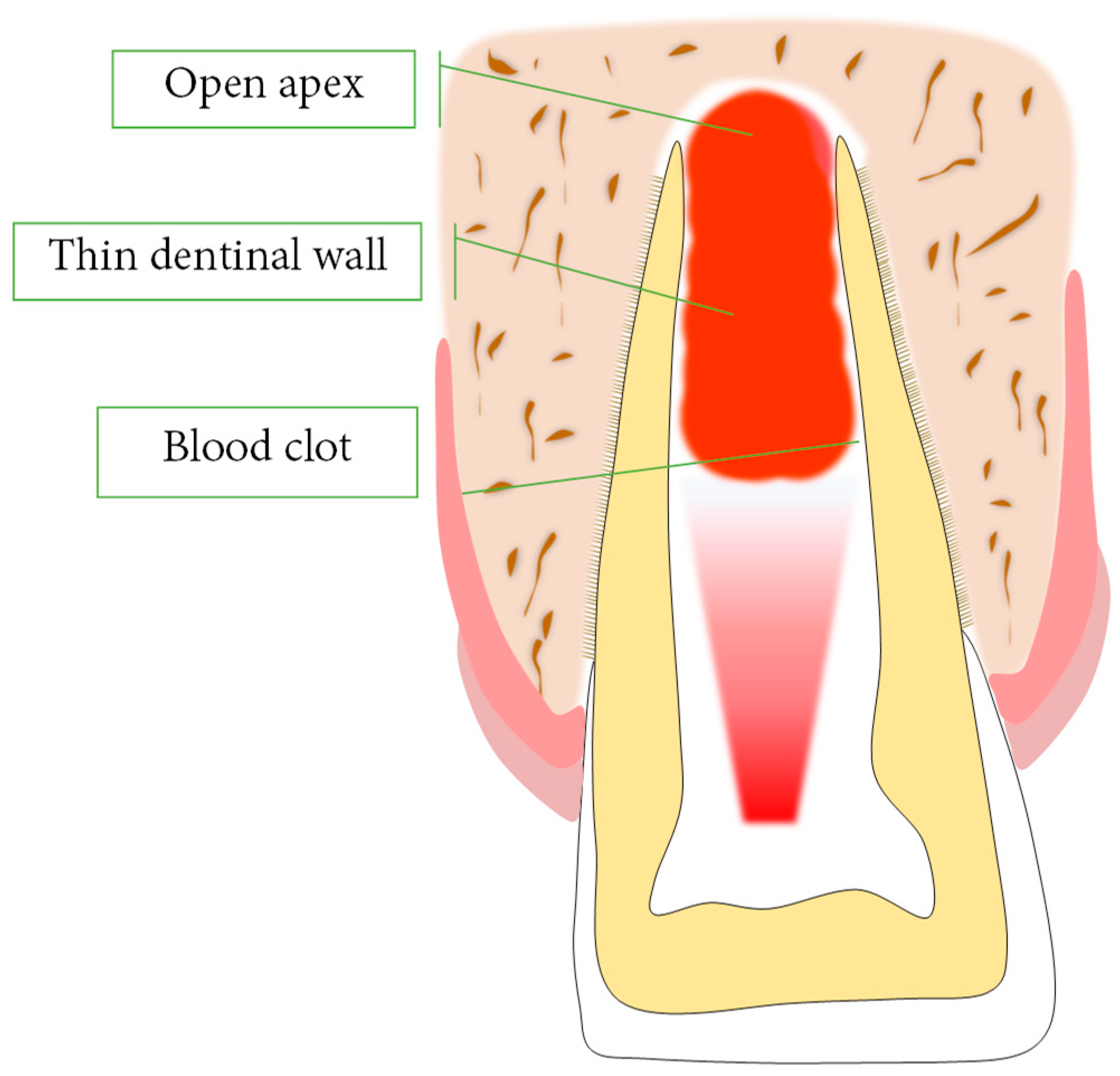Things about Photobiomodulation
Wiki Article
Top Guidelines Of Photobiomodulation
Table of ContentsMore About PhotobiomodulationThe Best Guide To PhotobiomodulationGet This Report about PhotobiomodulationPhotobiomodulation for BeginnersPhotobiomodulation - An Overview
A healthy and balanced skepticism when faced with the advertising and marketing fanfare is always an excellent way to shield ourselves from obtaining fooled, also when the current product obtaining hyped looks fairly scientific. Suspicion indicates guiding clear of gullibility. That being said, it doesn't indicate rejecting great science, nor must it invite resentment (Photobiomodulation).Three doctors in the Boston location released the outcomes of their experiments, in which they showed the capacity for lasers to treat cancerous tumors. A Hungarian doctor by the name of Endre Mester took notification and also attempted to recreate these outcomes. The trouble is that his very own laser was a lot less effective than the Bostonians' and the tumours on his guinea pig were not affected.
The skin around the tumours had been shaved to much better observe what was going on, and also Mester noticed that, following his usage of the laser, both hair growth as well as injury recovery were accelerated. He had come across a searching for that would lead his career moving on. His laser was not very powerful: it was a low-level laser, of the type that does not burn living cells, and the potential therapeutic applications of this kind of laser came to be called either cold laser therapy or low-level laser treatment (Photobiomodulation).
The wavelengths typically made use of for these therapies remain in the red and near-infrared part of the light spectrum. Certainly, there's absolutely nothing silly regarding the idea that light impacts biology. Our wake-sleep cycles are greatly influenced by light, and our skin makes vitamin D out of cholesterol when it's exposed to ultraviolet light.
Photobiomodulation Fundamentals Explained
Some, think it or otherwise, guessed it could be used to deal with COVID-19 clients. A lot of the research studies done on PBM were performed in laboratory animals. In addition to this enforcing stack of pre-clinical evidence, there is a sprinkle of human research studies, typically unrestrained situation records that are little even more than stories.It is interesting assume that the laboratory mice's improvements when subjected to traffic signal reflects what will certainly occur to us when based on the same treatment. We are not large computer mice, and also nowhere is this more eye-opening than by looking at the information we have on what occurs to the promises of very early study searchings for.
They and also other pet designs of condition belong to a pipe that permits researchers to evaluate their understanding of disease with the best goal, often, of obtaining a new treatment authorized. This pipeline stretches from cells in culture flasks to animal models to larger and bigger teams of human participants in the 3 main phases of scientific tests.

The Photobiomodulation Diaries

And regulatory go to website authorities are a little bit much more cautious with concerns to security since the 2004 Vioxx recall. Photobiomodulation. An intervention like a medicine or, let's state, a laser or red LED light might appear to work blog here in mice, yet the chances of these outcomes holding stable when properly examined in human beings are, statistically talking, not wonderful.
Biomedical research study is necessary, yet it is hard. Involving terms with exactly how unlikely preliminary results are to translate right into an accepted clinical treatment enables us to adjust our assumptions to be in line with truth. Even a 2016 extremely positive review post on PBM's prospective usage in injury recovery concludes with this cautionary note: "most studies on the influences of laser irradiation on injury recovery have been carried out in mice, rats or ex-spouse vivo designs [indicating that cells or cells were taken out of the pet to be experimented on], while few have actually been done medically." Notoriously, PBM was examined to treat acute stroke in three increasingly bigger tests in human beings, and in maintaining with what is typically seen when incorrect favorable results face the moved here songs of scientific rigour, the method went from working well to just working for a subset of clients to falling short in the 3rd test, to the factor where this latter experiment needed to be too soon ended for futility.
Biology has such an outstanding actors of molecular personalities, it is all as well easy for scientists to connect a collection of dots between An and B.
Just because some since are particles by activated ray of light does not imply that a healing process recovery afoot. I remain unconvinced, especially of the much more extravagant insurance claims of photobiomodulation, and I still do not comprehend just how sunshine does not already supply whatever advantage PBM lights possess.
This quick commercialization of exciting scientific research that isn't technically prepared for primetime has been called scienceploitation, and also unfortunately PBM is bathing in it. The move toward using LEDs rather of lasers has been helpful to this advertising and marketing effort: the FDA takes into consideration an LED's power level to be listed below that which comprises a medical hazard, so devices utilizing them are not regulated as securely as those using more harmful innovations.

What Does Photobiomodulation Do?
A healthy hesitation is required right here, especially when it involves claims of red light improving dementia. - Photobiomodulation is committed to the idea that cold lasers or red and near-infrared lights can promote the body to heal itself of a selection of conditions- The large majority of research study into photobiomodulation was done on pets, not people, and a lot of positive lead to guinea pig do not result in approved treatments in human beings- Supporters of photobiomodulation will certainly often mention that we comprehend just how it impacts the body at a molecular degree, but these type of mechanisms are very easy to assume as well as they do not indicate that the modern technology is really treating anything.Report this wiki page